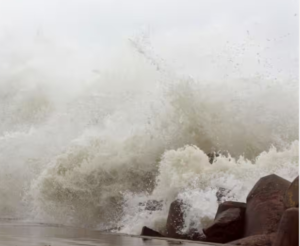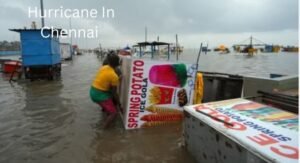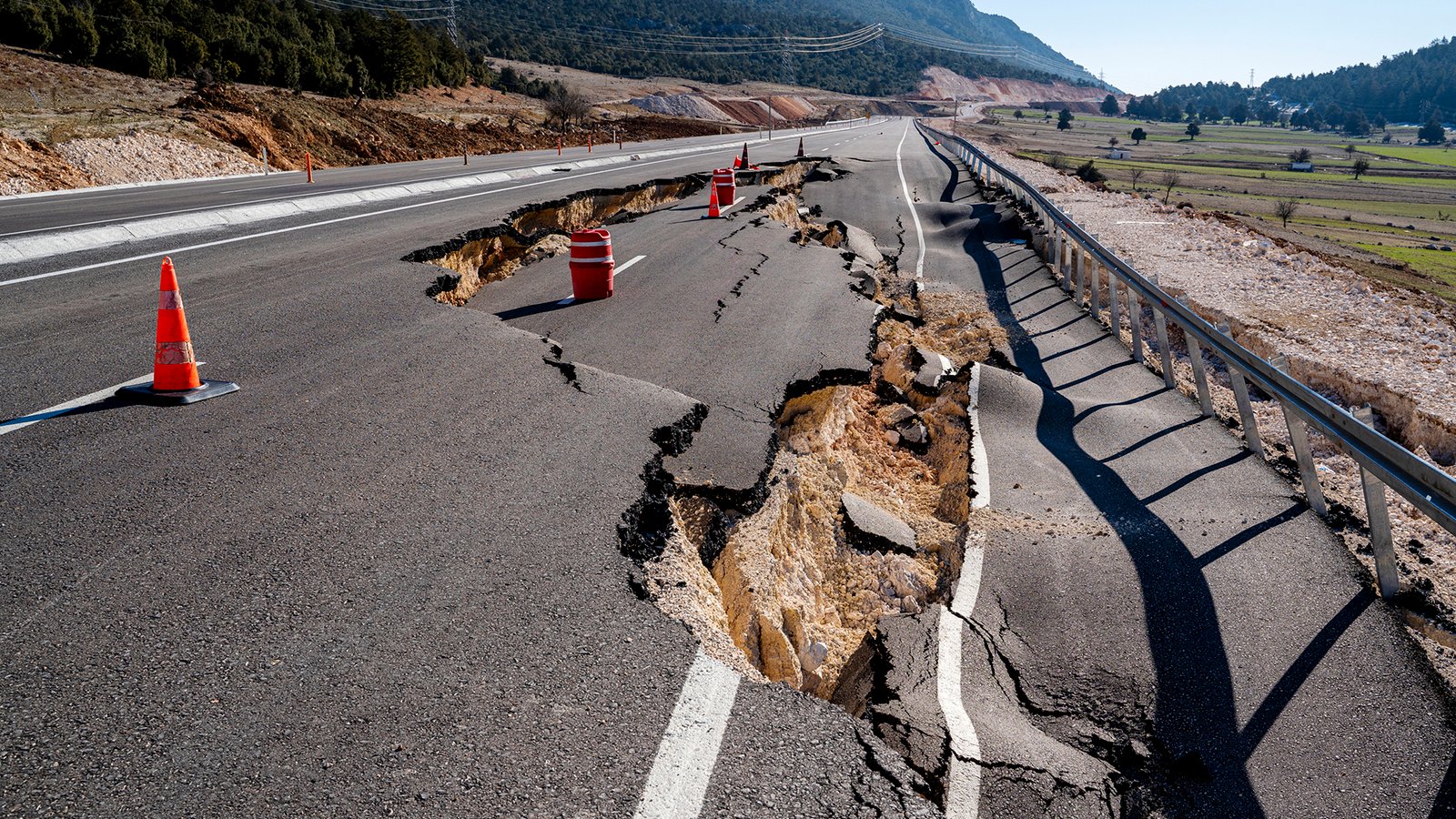
Over the past few days, Chennai and several other states in India have been facing the wrath of a devastating hurricane, resulting in widespread destruction and chaos. The city of Chennai, known for its vibrant culture and bustling streets, now finds itself submerged in water, with residents struggling to cope with the aftermath of this natural disaster.
A powerful hurricane has been wreaking havoc on Chennai and several other Indian states over the past few days, causing extensive damage and chaos. Chennai, a city renowned for its lively streets and rich cultural heritage, is currently under water, and its citizens are finding it difficult to deal with the aftermath of this natural disaster.
The hurricane made landfall with remarkable force, causing significant damage to homes, infrastructure, and public utilities. The severe flooding caused by the hurricane’s accompanying heavy rains has shut down essential services and rendered many areas unusable. There is currently work being done to help those affected by this tragedy, as the situation is dire.
Along with the devastation caused by the hurricane, several states in the nation are also facing heavy rain and flooding. Thousands of people have been forced from their homes and are seeking refuge in relief camps in the severely affected states of Andhra Pradesh, Telangana, and Karnataka.
The government has dispatched personnel from multiple agencies, such as the Indian Army, Indian Navy, and National Disaster Response Force (NDRF), to carry out rescue and relief operations, which are currently underway. These teams are putting in a lot of overtime to get supplies to the affected areas, help stranded individuals get medical attention, and evacuate them.
It is admirable how resilient and upbeat the people of Chennai and the impacted states are. Communities have united to support one another in spite of their common hardships, providing aid and shelter to those in need. In addition to volunteers, non-governmental organizations (NGOs) are essential in providing relief and assisting in the reconstruction of the lives of those impacted.
The road to recovery will be difficult and lengthy, though. It will take consistent work and support from the public and government to rebuild infrastructure, restore vital services, and guarantee the welfare of the impacted population.
It is imperative that people and institutions assist with the relief efforts in whatever manner they are able. Various collection centres across the nation are accepting donations of food, clothing, and other necessities. Donations of money to respectable relief organisations will also be very helpful in giving those impacted immediate support and aid.
It’s critical to remain informed during these trying times and heed the directives and guidelines issued by local authorities. Prioritizing personal safety and using caution are equally crucial. Refrain from entering areas that have flooded, and heed any orders to evacuate as soon as possible.
It is critical to keep in mind that compassion and unity are the cornerstones that will support us in overcoming this adversity as the country struggles to deal with the aftermath of this terrible hurricane. In the face of such destruction, we can rebuild and restore the impacted areas together, offering a ray of hope.
Below are same safety tips you need to follow with Positive Way.
1.Keep an eye on weather updates from dependable sources, like your local meteorological department or the National Hurricane Centre (NHC).If there are any evacuation orders for your area, abide by them.
2.Maintain a planned evacuation strategy. Be aware of the local shelter locations and the routes for evacuation.
Evacuate as soon as the authorities advise you to. Your life may be in danger if you delay evacuation.
3.Make sure you have an emergency kit ready with the necessities, like water, nonperishable food, medicine, torch, batteries, first aid supplies, clothing, and important documents.
4.For wind protection, board up windows or install hurricane shutters.
Bring inside your outdoor furniture and tie up any items that are loose and could fly into the air during strong gusts.
5.Have a portable power bank and keep your communication devices charged.
Together with your loved ones, create a communication strategy so that you can stay in touch both during and after the storm.
6.If you are staying put, locate a safe room inside your house that isn’t near any windows.
If you live near the coast, be mindful of the possibility of storm surges.
7.Steer clear of floodwaters as they may be contaminated and dangerous for your health.
Avoid attempting to cross bridges or roads that are flooded.
8.When it’s storming, stay inside. Wait until the authorities say it’s safe to go outside before doing so.
Steer clear of candles when lighting to lower the risk of fire.
9.Recognise your surroundings and the local topography. Recognize the areas that are prone to flooding and elevation.
10.Make sure you have a sufficient supply of medications if you need special ones or have medical conditions.
Maintain a record of your medical information and emergency contacts.
11.Make sure your house and possessions are adequately covered by reviewing your insurance policies.
Store all of your important papers in a waterproof container, including IDs, passports, and insurance policies.
12.Be careful on your way back home. Watch out for other dangers, such as downed power lines.
Generator use should only be done outside, away from windows, to avoid carbon monoxide poisoning.
Keep in mind that every hurricane is different and that the weather can change quickly. Prioritize both your own safety and the safety of people around you, and always heed the advice of the local authorities and take care of your families and loved ones.

Please Suggest if you have any additional Safety Tips





